Yoga and Pilates are both mind-body practices that focus on movement, flexibility, and strength, but they have distinct origins, principles, and approaches. Here are some key differences between yoga and Pilates:
-
Origin:
- Yoga: Originating in ancient India, yoga has deep spiritual and philosophical roots. It encompasses a wide range of practices, including physical postures (asanas), breath control (pranayama), meditation, and ethical guidelines.
- Pilates: Created by Joseph Pilates in the early 20th century, Pilates is a more modern system developed as a form of rehabilitation and physical conditioning. It draws inspiration from principles of ballet, gymnastics, and calisthenics.
-
Philosophy:
- Yoga: Yoga often incorporates spiritual and philosophical elements, aiming for the union of mind, body, and spirit. It may include meditation, mindfulness, and a focus on finding inner peace.
- Pilates: Pilates is primarily a physical fitness system. While it promotes mind-body connection, its emphasis is on building core strength, improving flexibility, and enhancing overall physical fitness.
-
Breathing Techniques:
- Yoga: Breath control, or pranayama, is a fundamental aspect of yoga. Specific breathing techniques are used to enhance concentration, relaxation, and energy flow.
- Pilates: Pilates also emphasizes controlled breathing, but the techniques may differ. In Pilates, breathing is often coordinated with movement to engage the core and facilitate better control.
-
Focus on Flexibility:
- Yoga: Yoga places a strong emphasis on flexibility, with many poses designed to improve joint mobility and stretch muscles.
- Pilates: While flexibility is a component of Pilates, it is not the primary focus. Pilates emphasizes lengthening muscles and improving overall strength and stability.
-
Exercise Repertoire:
- Yoga: Yoga poses (asanas) are diverse and can range from gentle and meditative to more vigorous and dynamic. Sequences often flow together to create a continuous practice.
- Pilates: Pilates exercises are more structured and may involve the use of specialized equipment, such as the reformer or Cadillac. Exercises focus on controlled, precise movements that target specific muscle groups.
-
Spiritual Aspect:
- Yoga: Yoga can have a spiritual dimension, depending on the style and individual practice. It may include meditation, chanting, and a focus on mindfulness and self-awareness.
- Pilates: Pilates is primarily a physical discipline, with less emphasis on spirituality. It is often viewed as a practical and effective system for improving physical fitness and rehabilitation.
-
Goal:
- Yoga: The ultimate goal of yoga varies among practitioners but often includes achieving spiritual enlightenment, self-realization, and a sense of inner peace.
- Pilates: The primary goal of Pilates is to strengthen the core, improve overall body strength, and enhance flexibility, with an emphasis on functional movement.
Both yoga and Pilates offer unique benefits, and individuals may choose one or both practices based on their preferences, goals, and physical condition. Many people find that incorporating elements from both can provide a well-rounded approach to physical and mental well-being.
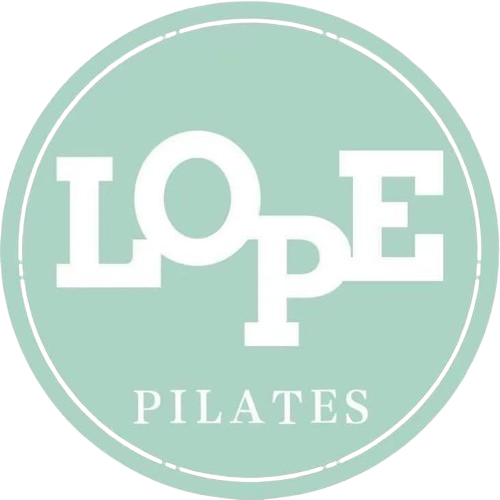
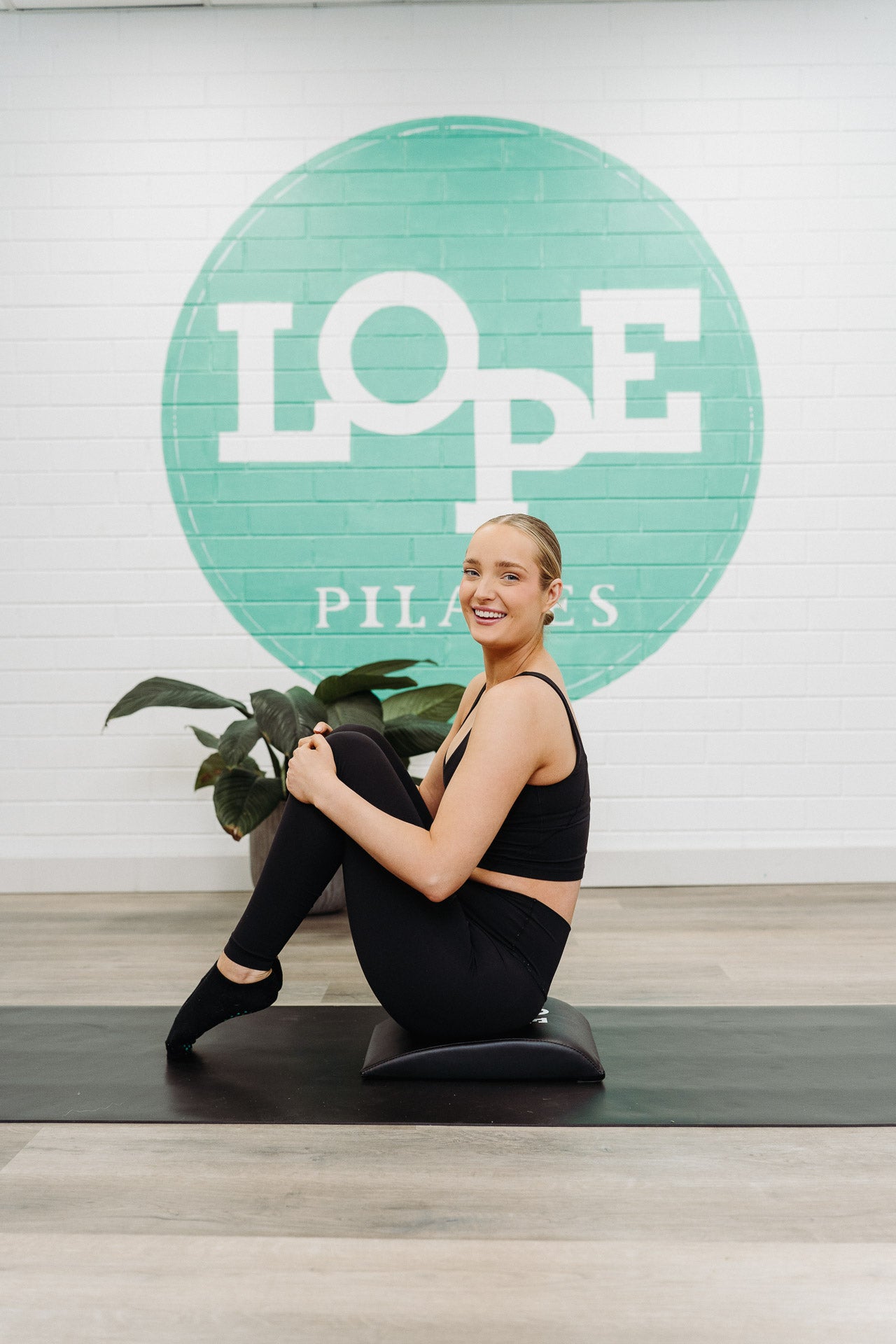
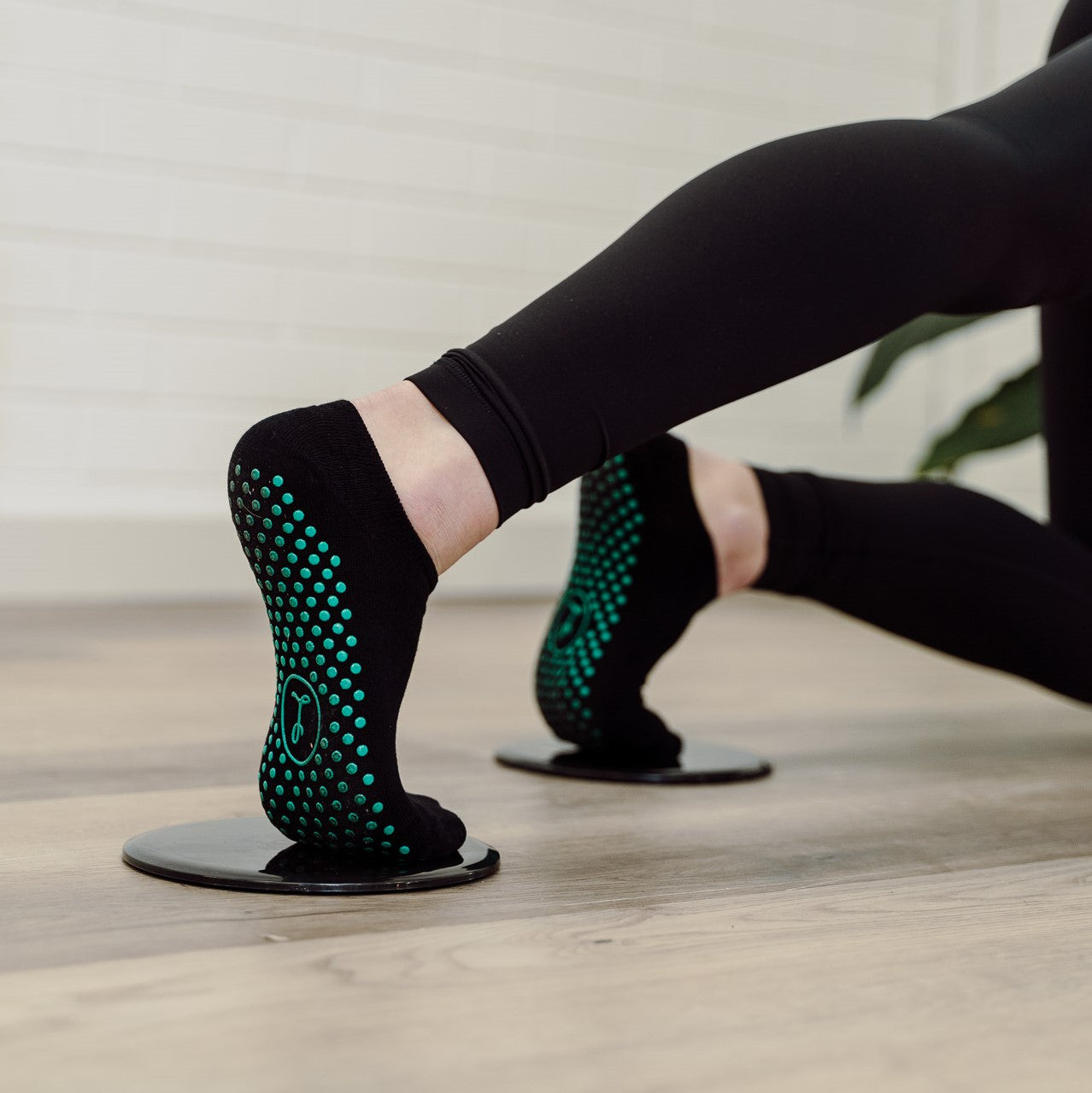
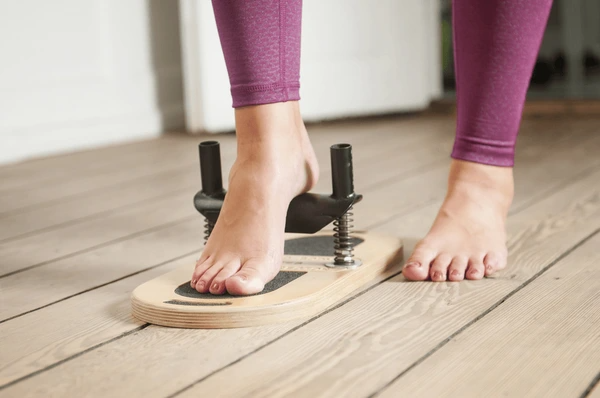
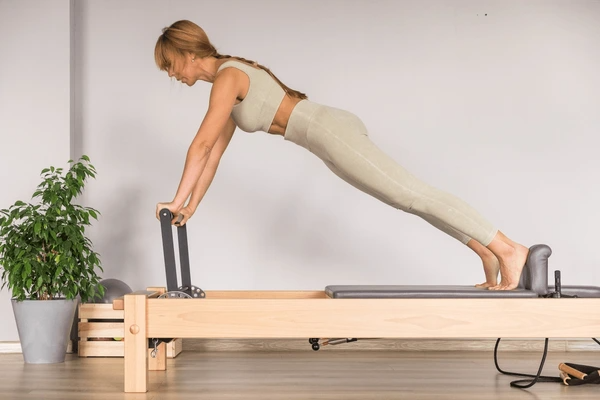
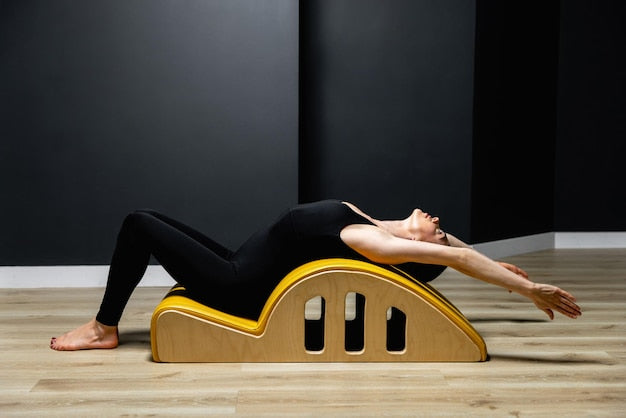
Share:
The Difference between Mat Pilates & Reformer Pilates
What is Reformer Pilates?